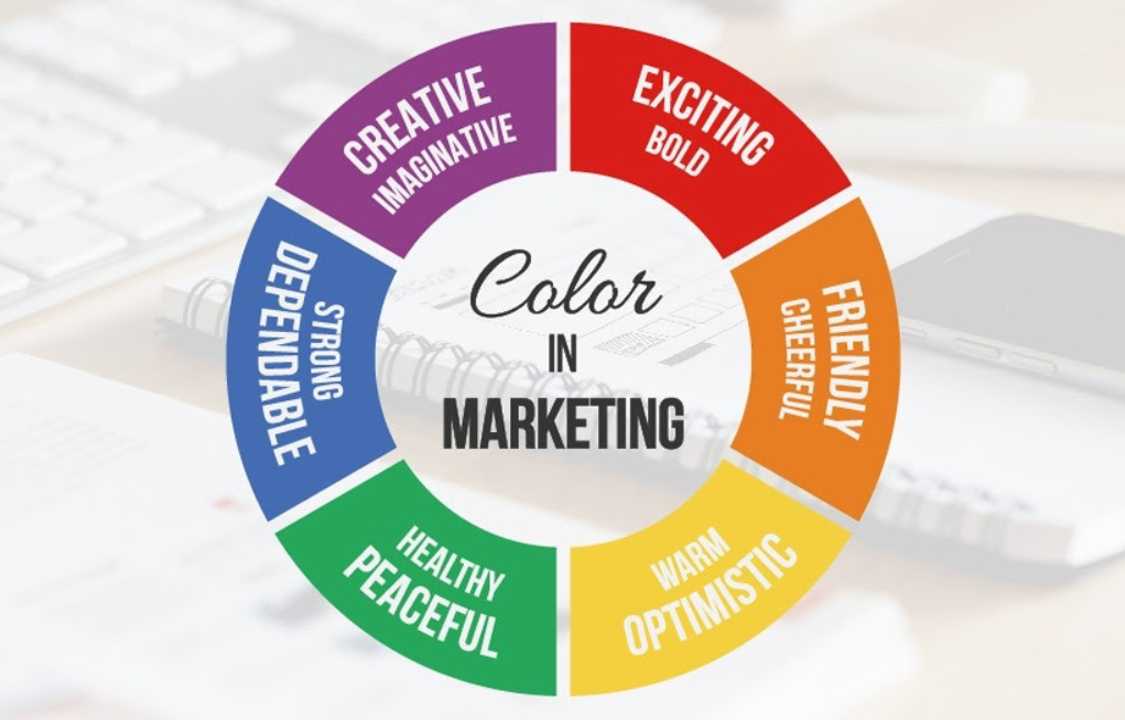How Color Psychology Can Help With Branding And Marketing

by local
Color is a universal language that communicates emotions, evokes memories, and influences decisions. Color psychology is a powerful tool that can be utilized by organizations in the realm of branding and marketing to create powerful brand identities, trigger particular emotional responses, and connect with their target audience on a profound level. In this article, we will delve into the fascinating realm of color psychology and explore its profound impact on branding and marketing strategies.
Understanding Color Psychology
Color psychology is a powerful tool that can be utilized by organizations in the realm of branding and marketing to create powerful brand identities, trigger particular emotional responses, and connect with their target audience on a profound level. It acknowledges that colors have the power to elicit emotional responses and shape our perceptions of the world around us. These responses are often rooted in cultural, social, and personal experiences, making color a rich and complex area of study.
The Influence of Color on Emotions
1. Red: Red is a high-energy color associated with passion, love, and excitement. It can also signify danger or urgency. Brands like Coca-Cola and Red Bull utilize red to evoke feelings of excitement and energy.
2. Blue: Blue is often linked to trust, reliability, and calmness. It’s a popular choice for financial institutions and tech companies that want to convey a sense of professionalism and stability, as seen in logos like IBM and Facebook.
3. Yellow: Yellow is associated with happiness, positivity, and warmth. It’s commonly used by brands like McDonald’s and IKEA to create a friendly and cheerful brand image.
4. Green: Green is often tied to nature, growth, and health. It’s prevalent in the branding of eco-friendly and health-conscious companies, such as Whole Foods and Starbucks.
5. Purple: Purple is linked to luxury, creativity, and royalty. Brands like Cadbury and Hallmark use purple to convey a sense of elegance and sophistication.
6. Orange: Orange is a vibrant, energetic color that represents enthusiasm and friendliness. Brands like Fanta and Nickelodeon use orange to appeal to a youthful and playful audience.
The Role of Color in Branding
Color plays a pivotal role in branding, as it is one of the most memorable and recognizable elements of a brand identity. Here’s how color influences branding:
- Brand Recognition: Consistent use of color in branding helps consumers instantly recognize and recall a brand. Think of the distinctive red and white of Coca-Cola or the iconic blue and white of Facebook.
- Emotional Connection: Brands can establish emotional connections with their audience by choosing colors that resonate with their values and messaging. For example, a brand promoting environmental sustainability might choose green to convey a commitment to eco-friendliness.
- Differentiation: In crowded markets, color can be a powerful tool for differentiation. A unique color palette can set a brand apart and make it memorable.
- Consistency: The consistent use of color across all brand touchpoints, from logos to packaging and marketing materials, reinforces brand identity and creates a cohesive brand experience.
Color Psychology in Marketing
In marketing, color psychology extends beyond branding and influences various aspects of campaigns and strategies:
- Call to Action (CTA): The color of CTA buttons can impact click-through rates. For example, red or orange buttons often create a sense of urgency, while green or blue buttons are associated with positive actions.
- Product Packaging: The colors chosen for product packaging can influence purchase decisions. Packaging that aligns with the intended use of a product can enhance its appeal.
- Website Design: Website color schemes can affect user engagement. Warm colors like red and yellow can grab attention, while cool colors like blue and green create a sense of calm.
- Advertising: Advertisements often use color psychology to convey emotions and messages. For instance, a travel agency might use a tropical palette to inspire wanderlust.
- Content and Messaging: The colors used in content visuals, such as infographics and social media graphics, can influence how the content is received and remembered.
Cultural and Contextual Considerations
It’s essential to acknowledge that the impact of color can vary across cultures and contexts. Colors may hold different meanings and associations in different parts of the world. Therefore, businesses with a global presence must consider cultural nuances when implementing color psychology in their branding and marketing strategies.
Conclusion
Color psychology is a potent and versatile tool that businesses can harness to create strong brand identities and connect with their target audience on a deeper level. By understanding the emotional and psychological responses that different colors evoke, brands can make informed choices that align with their messaging and values. In a world saturated with visual stimuli, color plays a pivotal role in capturing attention, fostering emotional connections, and ultimately driving success in branding and marketing efforts.
Recommended Posts

4 Email Tips to Keep Customers Coming Back
June 15, 2024

